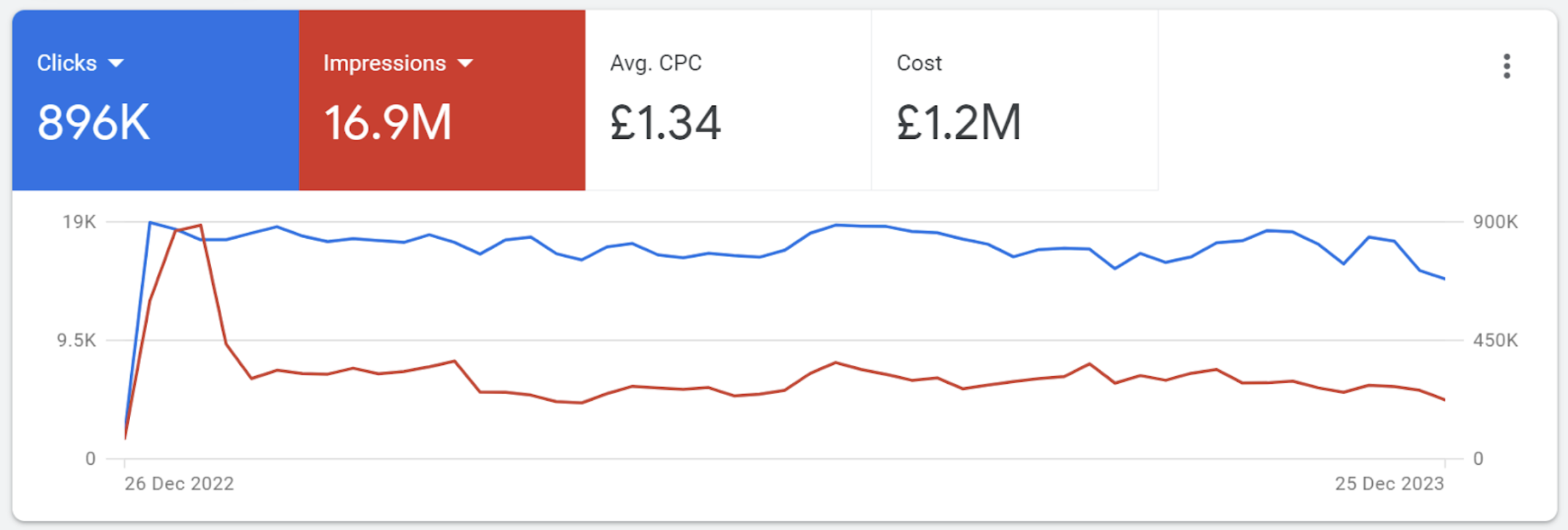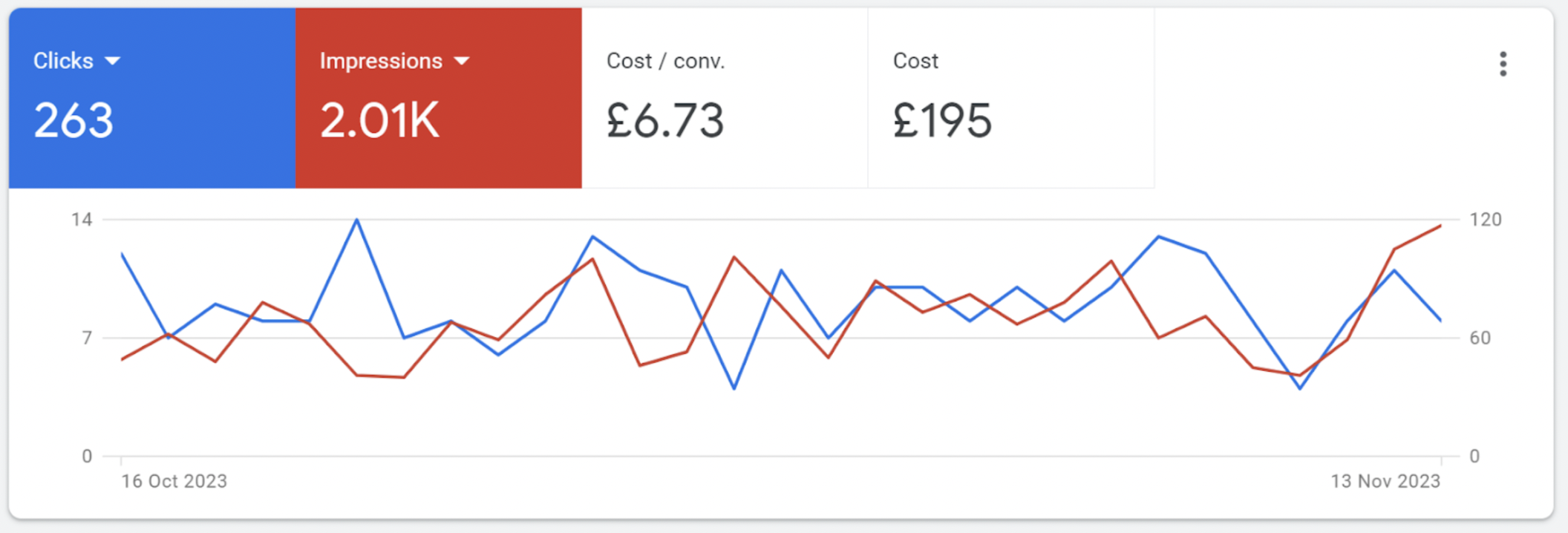An entire industry is beholden to the ideas of thought leaders and gurus, moving slowly from one gimmicky quick fix to another. Sound familiar? Is that MSK healthcare I’m talking about? Or healthcare marketing? It’s both.
About 18 months ago, I took a leap into the dark and decided on a career change from physiotherapy to marketing. Before that career move, all I really knew was clinical life. I had been a physiotherapist for 12 years, starting in the NHS but then working across all sectors and eventually co-founding and running my own private practice.
Clinical practice is still what I know best as it’s the thing I’ve spent most of my adult life trying to master. And when moving into marketing, I tried to stay true to my clinical roots and continued to do what I always strived for – evidence-based practice.
There’s No PubMed for Marketing
Ahhh, PubMed. An online library of almost every published article, sharing the results of millions of hours of clinical research with shop-floor clinicians so that they can apply the most appropriate treatment strategy to the patient in front of them. It’s a genuine marvel, and you don’t really appreciate it fully until it’s gone.
Marketing doesn’t have a PubMed. It doesn’t have thousands of RCTs and systematic reviews for different marketing strategies to show us what works best. None of the latest social media gurus have had their data peer-reviewed. So how is it possible to be ‘evidence-based’ in the world of digital marketing?
Fortunately for me, HMDG has data. And my god, do we have a lot of it. In fact, here is a sneak peek inside one of our Google Ads management accounts for 2023:

That’s the collective budget that we spent just on paid Google advertising on behalf of some of the hundreds of clinics across the country in 2023 (yes, that “M” stands for million). And this is just data from Google ads. We also have millions of data points in SEMRush as we track the search engine rankings of hundreds of our clinic sites across hundreds of different search terms in hundreds of different locations. We also have millions of data points in Google Analytics as we track every potential customer journey through the hundreds of websites we’ve built for our customers. That’s A LOT of data.
Sure, there aren’t many RCTs out there to tell us what to do, but we still get to dig into this gold mine of data every single day so that when it comes to marketing YOUR clinic, we can have a pretty good guess at what exactly is going to work.
Evidence-based practice involves applying the collective results of a huge collection of research to the singular patient sitting in front of you. Evidence-based marketing means applying the collective results of a huge collection of data to the singular clinic that’s come to us for marketing help.
We don’t have a PubMed. But in our case, we’re not just making this up; we’ve done it before. And we can prove it.
N=1
Published research and large data sets are all well and good for creating best practice guidelines, but applying them to the person in front of you is a skill in itself. Sure, an RCT can show you that heavy-slow resistance training is a great intervention for improving Achilles tendinopathy, but that does not guarantee that every Achilles tendinopathy you see will respond to heavy-slow resistance training. Once you’ve seen enough Achilles tendinopathies, you eventually learn that the hard way.
The art of applying evidence into practice then comes in fitting the best solution to the patient in front of you. Not every patient has the same needs, motivations, goals, background knowledge, baseline fitness, or access to equipment. There isn’t one solution that works for everyone, and understanding how to personalise the right solution to the right problem is exactly what makes for an elite clinician.
And just like in clinical practice, marketing strategies should also be flexible to the exact needs and current state of the business. A one-man band clinic wanting to fill an extra day’s worth of patients so that they can drop a day’s NHS work is going to need an entirely different strategy to a business with 5 clinic sites, 16 clinicians, and a £1 million turnover.
The art of being an evidence-based marketer then comes in understanding how to fit the right solution to the right problem, all the time relying on our data to guide the way. The social media guru with the one-size-fits-all solution for every clinic might not be an elite marketer after all.
Measuring Your Outcomes
Okay, so you’ve got millions of data points to show your interventions work. And you’ve got the skill to select the most appropriate intervention for the problem. But how do you know it worked?
In clinical practice, you are constantly collecting outcome measures to see if your interventions are working. Otherwise, you’re flying blind. Whether it’s monitoring your patient’s strength on a dynamometer or asking them their numerical pain score, that outcome data will help you assess whether or not your intervention is working for your patient. Or indeed, whether you need to change tactics completely, or just give it more time.
Healthcare marketing should be no different.
It’s 2024. Any marketing agency worth their salt should have methods for tracking their outcomes. There just really isn’t any excuse not to. Otherwise, how do they know it’s working? More importantly, how do YOU know it’s working? And how do YOU hold them accountable?
The truth is that many marketing agencies are pretty lax on this. They actually don’t want you to see their outcomes, and if they do share them with you, just like dodgy mechanics, they aim to baffle you with jargon talking about things that just don’t matter to you – clicks, impressions, CTRs, and the like – instead of things that actually matter, like BOOKED APPOINTMENTS.
So let me be blunt: if your marketing agency isn’t tracking outcomes or can’t show you what results they are getting with your budget, go find a new marketing agency.
Here is a real-world example of a physiotherapy clinic that’s running ads on Google. You can ignore the first two boxes as those (believe it or not) shouldn’t actually matter to you – clicks don’t pay your bills, nor do impressions. What matters is the last box – £195 spent.

Now again, it’s 2024. And most of the time, we can track exactly what that £195 got you. And here is that exact data:

So that’s £195 spent on Google adverts, and 23 booked initial appointments for a value of £1995. Is that evidence of a good outcome? I’d certainly say so, especially if they attend more than the initial appointment. If your marketing budget is paying you back multiple times what you’re putting into it, you have a pretty efficient marketing method, but just as importantly, you have the data to prove it. And if you have the data to prove it, then what you’re doing is evidence-based marketing.
Data is Powerful
I once had a bloke give me a high-five after his TKR knee finally achieved 90 degrees of flexion. He still couldn’t get up and down the stairs with anything approaching elegance, but there he was, grinning like a Cheshire Cat because he’d achieved one of the goals another physio had laid out for him right at the beginning. It was a huge psychological boost, and the rest of his rehab kicked on from there. Clinically, I would argue that the difference between having 85 degrees of knee flexion and 90 degrees of knee flexion is mostly irrelevant (sue me). Yet crossing over that arbitrary milestone meant so much to him. The investment that he’d made so far, the pain he’d been putting himself through to get that knee to bend, now seemed worth it.
In this case, the outcome measure had done its job – it had shown him direct evidence that the investment (rehab) he’d made so far had paid off (knee now bending). And I suppose that is the power of data and evidence, it’s not just for the clinician, it’s for the patient too.
Having spoken with hundreds of clinic owners over the last 18 months, I can safely say that the same is true in marketing. Most clinic owners look at marketing budgets the way they look at other recurring monthly expenditures – they lump them in alongside consumables and card processing fees, gas, electricity, and CRMs as another monthly ‘cost’ of doing business, mainly because they have no idea what it’s actually bringing them.
But when a marketing campaign is set up correctly and tracked appropriately, the data that it provides is powerful. Sure, there is a ‘cost’ associated, but that cost is also directly linked to a return, and when you can see exactly what return your marketing budget is generating for you, that ‘cost’ actually becomes an ‘investment’.
Take the example above – £195 spent = 23 booked appointments into the diary. Armed with that evidence of success, the decision that needs to be made next month isn’t “What can I afford to spend next month?” but “How many new patients do I want to see next month?”. The budget can move up and down depending on what the answer is. That’s the power of evidence-based marketing – If you have data to show exactly what you’re getting back from your monthly budget, you should have no hesitation in investing a little extra to get even more in return.
Patients need outcome measures to show them that investing their time and effort into their rehab is actually paying off. Clinic owners need outcomes measures to show them that investing their time and money into their marketing is also paying off.
So, How Do I Do Evidence-Based Marketing?
It might seem intimidating, but evidence-based marketing for your clinic is easier than you think. When setting up your next campaign, here are some simple steps I think you should take to make it at least evidence-led:
1. Decide what outcome you want to measure (think SMART goals here). Personally, I think ‘new booked appointment’ is the king of the outcomes when marketing your clinic, as it’s what keeps the lights on.
2. Set up methods of measuring the success of your campaign. Examples:
Google ads: properly set up your tracking and attributions so that you know exactly who is booking and from what ad.
Website: use Google Analytics to track traffic and journeys through your site or HotJar to look in detail at people’s interactions.
In-take forms: ask people where they found you on their initial appointments.
Leaflets and social media posting: ask people to quote a simple code so you know exactly what brought them to you.
3. Analyse and understand the data that you’re seeing. It’s pointless measuring something if you cannot understand what it’s telling you. Spend some time understanding what the data is showing you.
4. Make changes to your marketing strategy based on what the data tells you (not just gut feeling). Far too much time is wasted chasing marketing methods that are just based on ‘gut feeling’ and almost zero real-world data. Let the data guide you as to what is working and what isn’t. Bin what isn’t working and double down on what is.
I genuinely believe that if clinic owners applied those simple steps to their marketing efforts, they would stop wasting so much time and money on strategies that are bringing them poor returns and would be automatically led towards investing more in methods that are actually working for them. The truth is most people are just flying blind.
I also understand, though, just how complicated and time-consuming marketing your clinic can become, especially for clinicians who never in a million years thought they’d have to think about ‘return-on-investment’. Marketing agencies can take some of that stress away from you for sure, but as I’ve hinted at before – not all marketing agencies are created equal. So here are my top tips on choosing a good one:
* Avoid the companies who can’t show you evidence that they get results for clinics like yours.
* Be wary of the gurus with one-size-fits-all solutions.
* Don’t let anyone spend your marketing budget who can’t show you exactly what you’re getting for it.
If you’re after an agency that can help you with some evidence-based marketing, I know of one that can help.
Mark Reid. Physiotherapist. Clinic Owner. Account Director. I’m yet to get a high-five from a clinic owner.
If you like what you’ve read, give us a shout.


